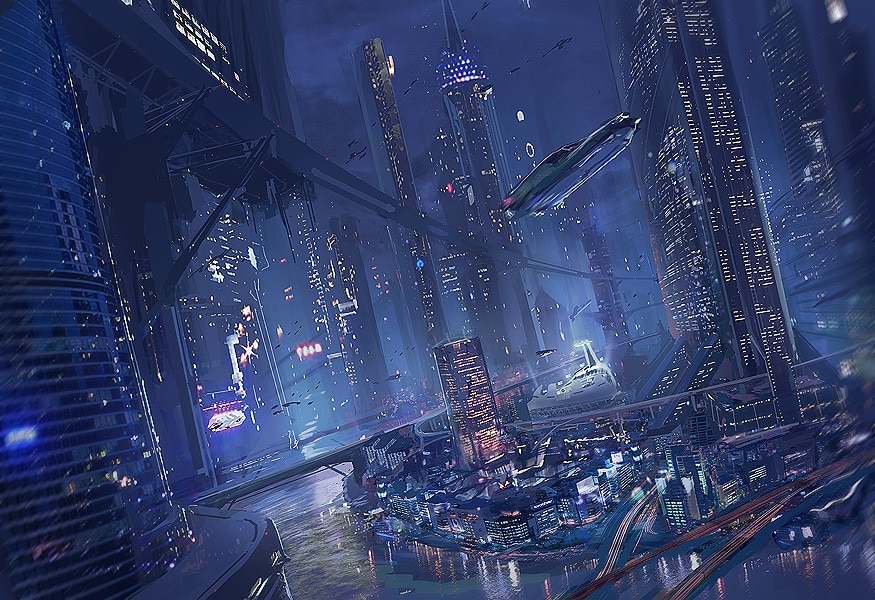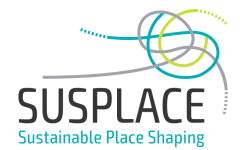
On the 16th of November I attended the event Cities: Ensuring Prosperity, Equality and Well–one of the Cardiff University’s School of Geography and Planning’s 50th anniversary celebration events.
The presentations covered topics such as city economies, resilience and homelessness. One of the presentations Neo-Cities: rebuilding Utopia seemed to confuse and provoke many in the audience. Adam Price, a Welsh assembly member argued that we need new spaces in order to truly innovate, these spaces would according to him be new cities. New cities are being built around the world, many examples of these can be found in China, where several eco-cities have been built in recent years. While new cities are being built around the world, Price wondered why the same is not being done here in the UK. He was aware of his arguments to great extent being the complete opposite of many prevailing ideas. Nonetheless he argued that even one new city in the UK could serve as a space for where to test new ideas, innovate and dream (of an alternative future?).
Although this presentation was interesting in many respects, especially since it was completely different than the other presentations during the event, I did not quite understand why it would be so important to create entirely new cities in order to innovate. If we would need to create entirely new spaces in order to come up with new ideas we would put ourselves in a difficult position. Would this mean we would have to abandon our old cities and continuously create new cities as these new cities would become old and serve old ideas? I think history has already showed that people have the capacity to innovate within ‘old’ cities. Cities which, as all other places continuously change.
As pointed out by one person in the audience, there are several reasons to why new cities are not being built in the UK and elsewhere in Europe. One of the most important one being that of not having a population which grows as steadily as in many other parts of the world. From the perspective of SUSPLACE one would claim that more importantly than asking why new cities are not being built and seeing these new cities as the answer to how to tackle various societal issues, would be to further investigate the question of how to envision positive change in the places where we are. Although new cities can be ideal places to test new technologies and practices, there is no reason why our current cities could not serve as similar test beds as new cities. Personally I find the idea of entirely new cities to be rather frightening. There is something comforting with history being visible in cities, especially in a time where everyday life seem filled with unexpected events and sudden changes. The traces of history gives a feeling of continuity. Building upon existing infrastructures can be challenging, we may need to compromise to fit new ideas with old technology, but most of the bigger cities in Europe will need to adapt to climate change through building upon what is already there. This is related to re-appreciating places and building upon existing assets, also relevant aspects within SUSPLACE.
Despite not being fully convinced by the arguments presented by Price, it was an interesting presentation, especially since it made me think about why my own approach to what a sustainable future might look like is so different to that of Price. Also, as Price pointed out, there is certainly not only one way to envision the future city. While we in SUSPLACE mostly seem to focus on the social and softer sides of sustainable place-shaping, there are many out there who have a completely different approach when envisioning sustainable human settlements. For those who see new cities as the only truly potential places for where to create new ideas, there are places around the world to use as test-beds. Maybe then, the other extreme, those of us focusing mostly on human capabilities, existing assets and grassroots movements, could bring in valuable insights into new developments that are and will be created, but most likely not here in Europe. Although I believe in the power of grassroots initiatives, community action and value change that happens gradually, there is another stream of development focusing on positive change that appreciate another type of aesthetics. There is a rhetoric about the big and beautiful, the new and modern that easily seem outdated if discussing only with peers, but that apparently is strong and alive. Just as there are different visions of future places, development of sustainable places will take different directions. How then can the softer values be brought into these new cities where focus seem to lie heavily on smart technologies?
